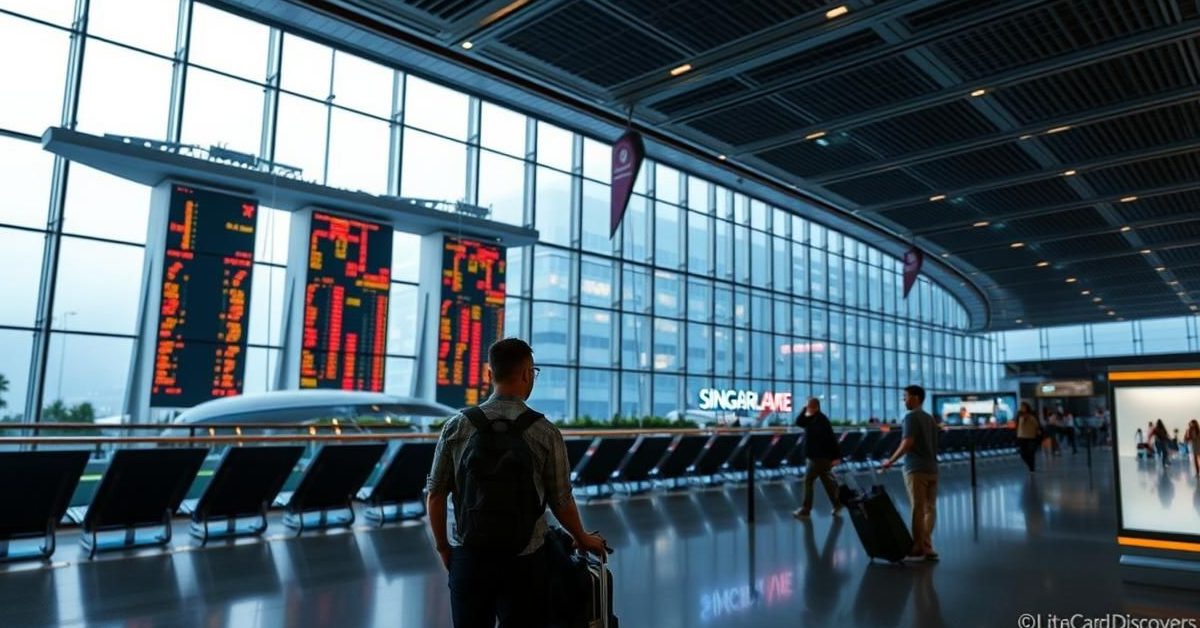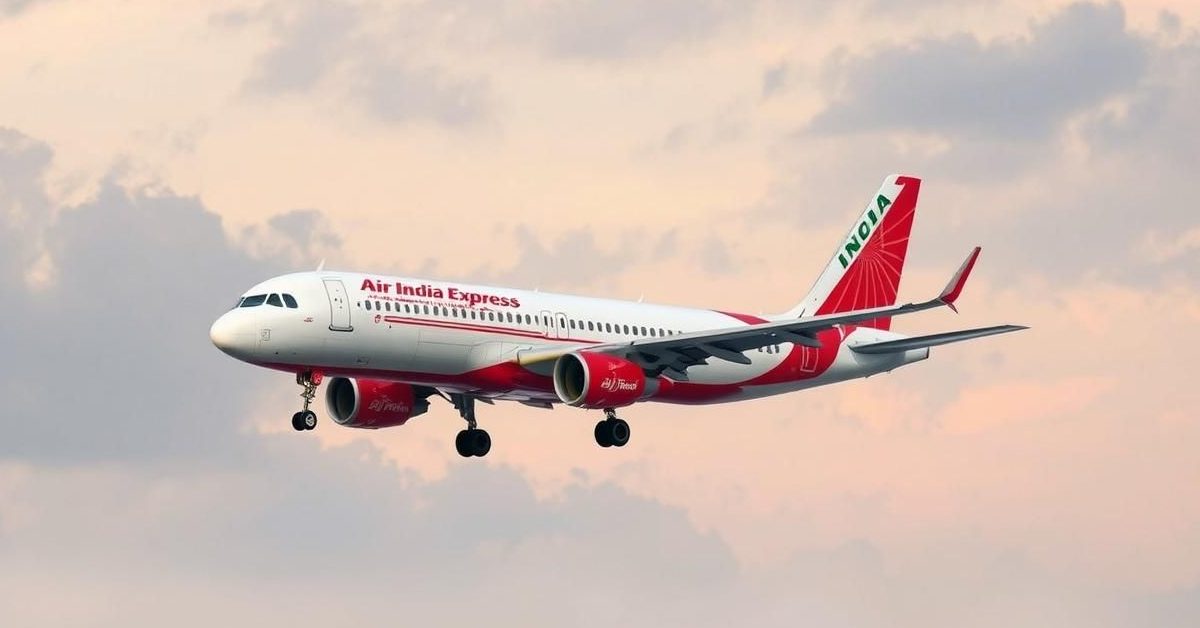Singapore is set to implement stricter entry rules from 2026, stopping high-risk or undesirable travelers before they even board flights or ships to the city-state.
Singapore’s New No-Boarding Directives
Starting next year, Singapore will introduce “no-boarding directives” (NBDs) aimed at preventing individuals who pose health, security, or immigration threats from entering the country. These directives will first apply to air travel from 2026 and expand to sea travel by 2028.
Transport operators, including airlines and shipping companies, who fail to comply with these NBDs could face hefty fines of up to SGD 10,000. This measure follows the Immigration (Amendment) Act, which came into effect on December 31, 2024.
Heightened Security and Increased Refusals
Singapore’s Immigration & Checkpoints Authority (ICA) has already ramped up border security, leveraging new profiling and detection methods. This enhanced scrutiny led to a significant 43% increase in foreign nationals being refused entry in the first half of 2025 compared to the same period in 2024.
The authorities are particularly sensitive to threats like terrorism and elements promoting racial, religious, or political extremism. Individuals with past convictions that previously barred them from entering Singapore are also among those who will be denied entry.
Managing Growing Traveler Volumes
Home Affairs Minister K Shanmugam highlighted the increasing influx of travelers into Singapore. Passenger volumes at checkpoints reached 230 million in 2024, a notable rise from 197 million in 2015. This number is expected to grow further with upcoming infrastructure projects.
These major developments include the Johor Bahru-Singapore Rapid Transit System (expected 2026), Changi Airport Terminal 5 (mid-2030s), and the expansion of the Woodlands Checkpoint (over the next 10-15 years).
Technology at the Forefront of Border Control
To cope with the escalating demand and complex security environment without relying solely on increased manpower, Singapore is heavily investing in technology. The ICA is positioning itself as a leader in border control innovation.
This strategic shift has enabled the implementation of a New Clearance Concept, first announced in 2019. It focuses on faster, more secure immigration processes.
Seamless, Passport-Free Travel
As part of this technological leap, Singapore has become one of the first countries globally to implement passport-less immigration clearance. Travelers can now clear immigration automatically using facial or iris biometric scans at air and sea checkpoints.
For land checkpoints, a QR-code based clearance system is in place. As of June 30, a staggering 93 million travelers have already benefited from this streamlined, passport-free process, enhancing both security and efficiency.
- Singapore will issue “no-boarding directives” from 2026 for high-risk travelers.
- Foreigner entry refusals increased by 43% in early 2025 due to enhanced security.
- New rules apply to air and sea travel, with future plans for land checkpoints.
- Singapore is using technology, including passport-less clearance, to manage growing traveler volumes and security threats.
These new measures underscore Singapore’s commitment to maintaining robust border security while embracing technological advancements for efficient and secure travel.















